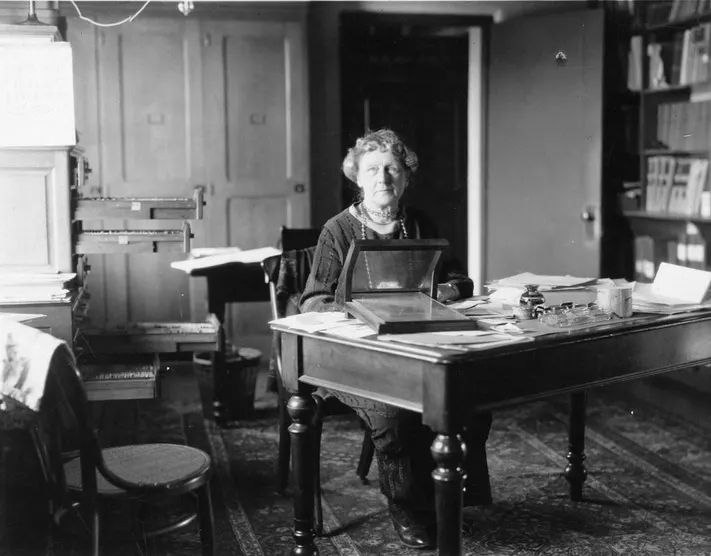In a world that often underestimated both women and science, Annie Jump Cannon looked to the stars and made history. Born in the 19th century and earning just 25 cents an hour, Cannon didn’t let pay, gender, or societal norms keep her from pursuing her passion. Instead, she went on to classify hundreds of thousands of stars, creating a system that’s still used by astronomers today. Her work didn’t just organize the cosmos it changed how humanity understands the universe.
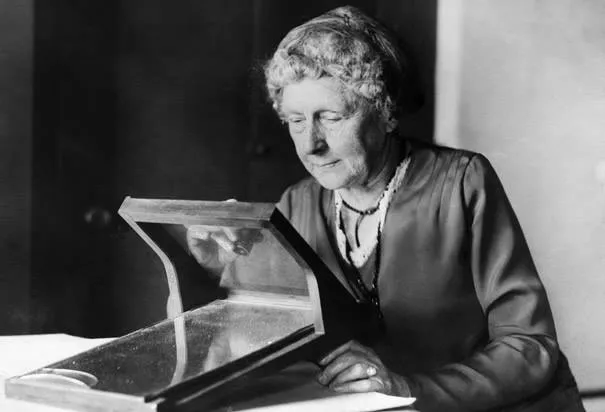
A Curious Mind from the Start
Annie Jump Cannon was born in 1863 in Dover, Delaware. From an early age, she showed an unusual fascination with the night sky. Her mother, recognizing Annie’s interest, nurtured her curiosity, teaching her constellations and encouraging her love of science a rare encouragement for girls at that time.
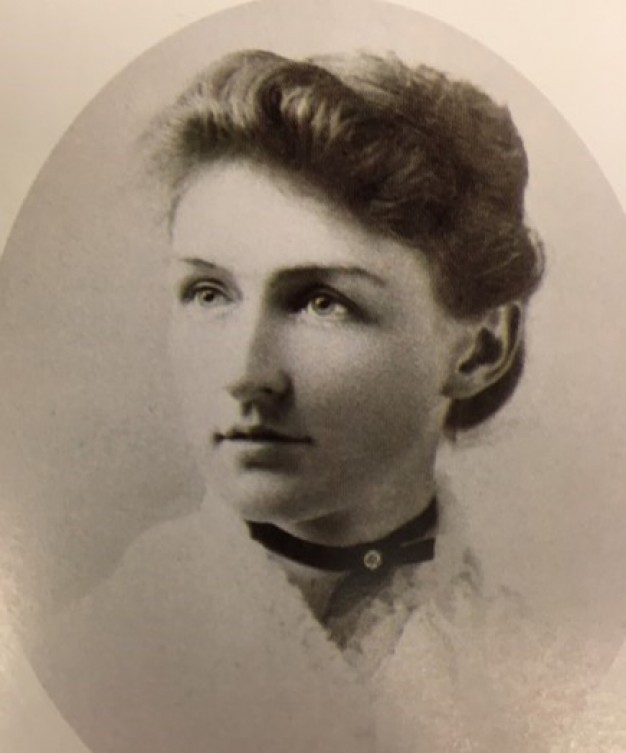
Cannon later attended Wellesley College, one of the few institutions where women could study science seriously. There, she majored in physics and astronomy. After graduation, she traveled and photographed a solar eclipse in Spain further proof of her independent spirit and scientific hunger.
But it wasn’t until she joined the Harvard College Observatory that her work truly took off.
Video:
Who Was Annie Jump Cannon?
The “Harvard Computers”: Breaking Barriers, One Star at a Time
In the late 19th century, women were rarely seen as scientists. At Harvard, however, a group of women was quietly reshaping astronomy. Known as the “Harvard Computers,” these women were hired to analyze astronomical data for male scientists. They measured brightness, classified spectra, and charted stars all for meager wages and little recognition.
Among these brilliant minds, Annie Jump Cannon stood out.
She was hired in 1896 at just 25 cents an hour a far cry from what her male counterparts earned. But Cannon didn’t complain. Instead, she got to work. Tirelessly. Brilliantly. Her task? To examine the spectral fingerprints of stars essentially decoding the light stars emit to determine their characteristics.
What she ended up doing was far more revolutionary.
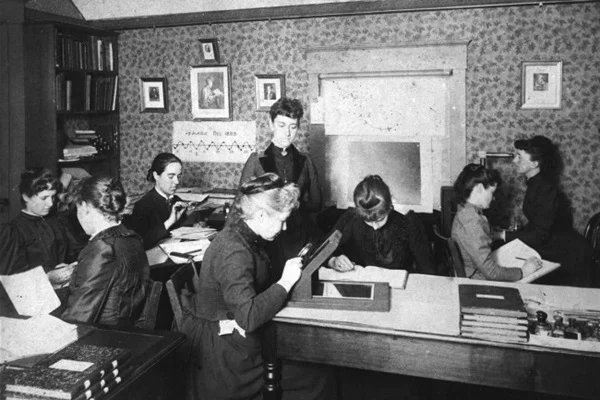
Creating a Universal Language for Stars
Cannon developed a new classification system based on the temperature of stars, simplifying earlier attempts that were too complex or inconsistent. Her system organized stars into spectral classes O, B, A, F, G, K, and M based on their color and temperature.
To remember the sequence, many students today still use her mnemonic: “Oh, Be A Fine Girl/Guy, Kiss Me.” Her classification was not only elegant it worked. It became the official system adopted by the International Astronomical Union in 1922, and it remains the foundation for stellar classification today
Cannon didn’t just create a system. She used it to classify over 350,000 stars in her lifetime, often working by eye through a magnifying lens. This meticulous cataloging earned her global acclaim.
Video:
5 Facts You Need to Know about Annie Jump Cannon
Overcoming Adversity with Brilliance
Despite her extraordinary accomplishments, Cannon had to fight for respect in a male-dominated field. She was partially deaf from a childhood illness, yet she never allowed that or her gender to hinder her achievements.
Her dedication led her to become the first woman to receive an honorary doctorate from Oxford University. She was also the first woman officer of the American Astronomical Society. And in 1931, she was awarded the Henry Draper Medal by the National Academy of Sciences one of astronomy’s highest honors. Each milestone wasn’t just personal it was a breakthrough for women in science.
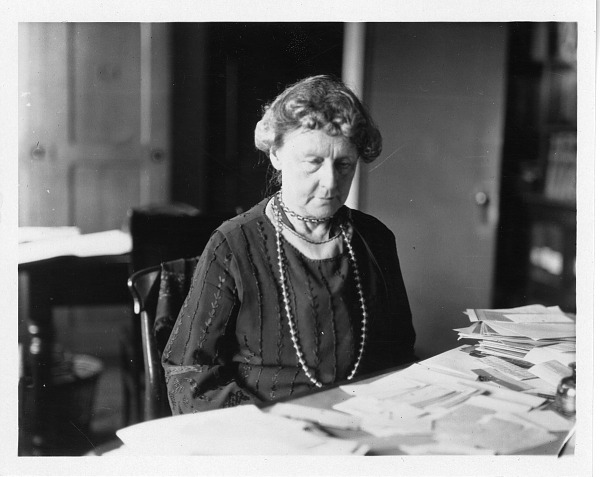
A Legacy Written in the Stars
Annie Jump Cannon passed away in 1941, but her influence is still felt across galaxies. Her classification system continues to guide astronomers. Her legacy lives on in the countless women in STEM who walk the trail she blazed.
She once said, “Classifying the stars has helped materially in all studies of the structure of the universe.” That’s true. But perhaps more importantly, her story has inspired generations to look up at the night sky not just with wonder, but with purpose.
Cannon didn’t need fame, riches, or fanfare. All she needed was a telescope, determination, and the night sky. And in return, she gave us a map to the cosmos.
